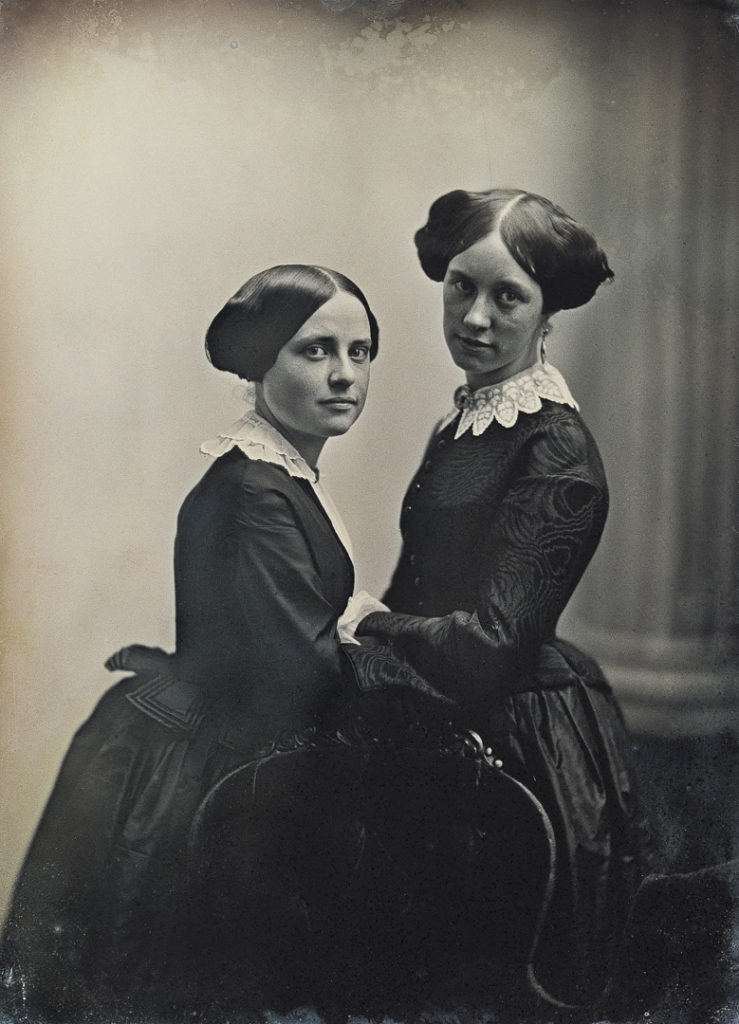
A quilt-world friend with a sizable internet presence told me recently, “The project I’m working on is under wraps for now, so on social media I’m not saying where I am or what I’m doing and my mom said, ‘You’re as mysterious as Mary Fons!'”
I probably don’t need to tell you how much I relished this. I hotdog relished it. Me, mysterious? A woman with a sock monkey mascot? A woman who still doesn’t have a new dishwasher? Fabulous!
I could understand the perception, though. I blog on the ol’ PG and am not always forthcoming about where I am and what I’m doing, not because I don’t want you to know; in fact, I desperately want you to know. I want you to know where I’m going for Quiltfolk magazine; I want you to know where the next Quiltfolk pattern is coming from; I want you to know about this other quilt-world project I have going that I can’t talk about, yet, but which is major.
But I can’t tell you everything because there is an order to things. I didn’t make the order. I make the content, the world makes the order. So, I tell you things as I can and hope you’ll stay until everything becomes clear.
Here’s what I can tell you:
I have come to upstate New York. I am near Syracuse. I have come here for a solid week to research and gather information from one of the most important living players in American quilt history. The reason we have set aside an entire a week is because a) I have a full-time job as editor in chief of a magazine and have many responsibilities from day to day which require my attention; b) it’s summer and everyone/everything is slow; and c) there’s so much to dive into with this person, we really need a year, not a week.
Here’s what else I can tell you:
I have been going through hundreds and hundreds of photographs, tin types, daguerrotypes, prints, and photos, all of which feature people and their quilts. That’s what this person has, among many other objects: He has photographs of people and quilts, starting in 1850, when photography became “a thing,” to around 1950. I’ve cried several times. I gasped, looking through the stacks, the boxes, the treasure. Put another way, I spent a day looking at humanity in photographs and stereoscope images and what I can tell you is that nothing has changed. We are the same. Humans are the same today as we ever were.
Sure, we have laptops now. We have polymers. We have the internet. We have blenders and vaccines but we also still have quilts. We still have families, cats, and dogs. Illness and death come to everyone and always has. Some of us have always mugged for the camera. There’s always been a person who blinked in a picture. We didn’t invent selfies in the 21st century; there are just more of them now and we can take them faster.
Being human is complicated, but today, I don’t think it’s so mysterious.
